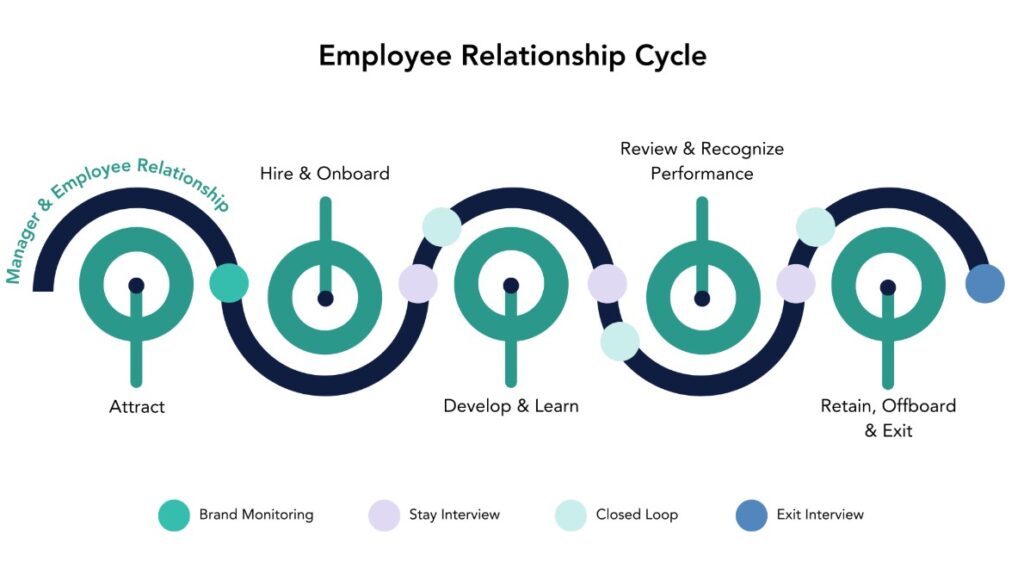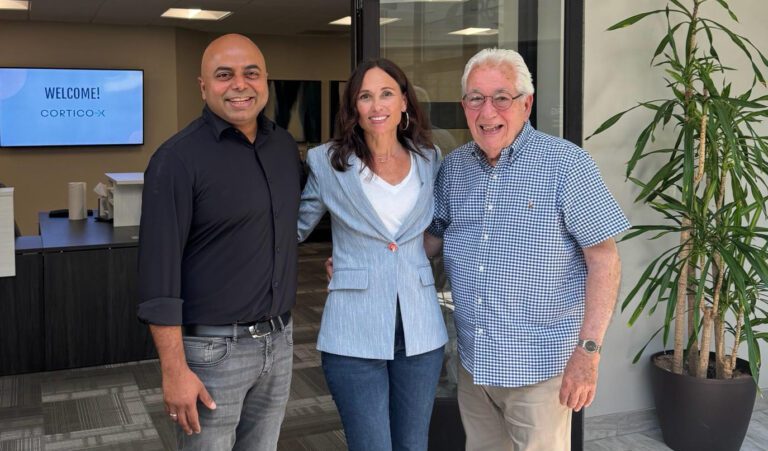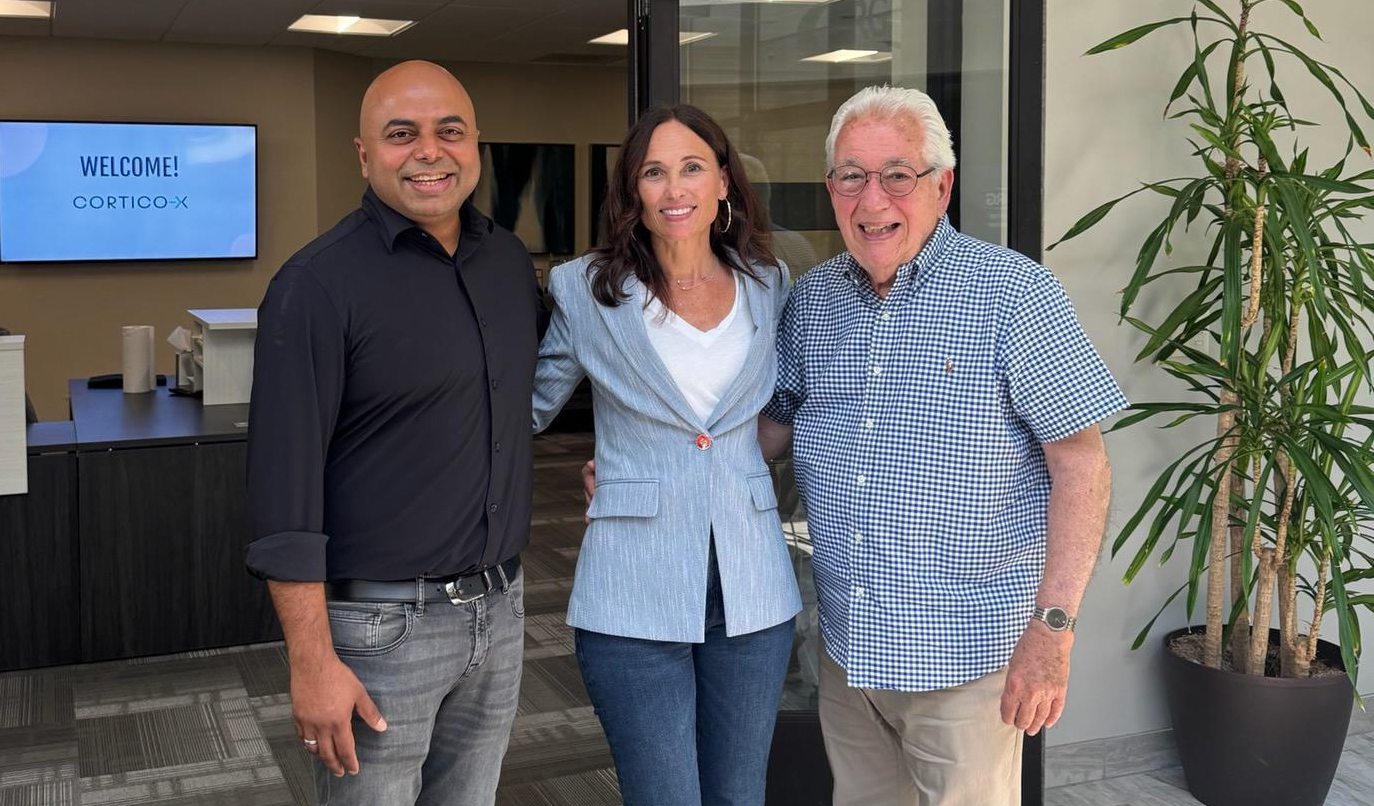Jacob Morgan noted in his book The Employee Experience Advantage, “In a world where money is no longer the primary motivating factor for employees, focusing on the employee experience is the most promising competitive advantage that organizations can create.”
Both Alyson and I 100% agree!
There are countless stats over the last several years that detail how investing in your people fuels growth and is a place of competitive advantage. Companies that invest are 11.5x as often to be mentioned in Glassdoor’s ’s best places to work. Further, the World Economic Forum notes that companies that actively work to build organization trust with their employees results in staggering results, including 74% less stress, 106% more energy at work, 50% higher productivity. 13% fewer sick days, 76% more engagement, 29% more satisfaction with life and 40% less burnout. Frankly, these statistics are hard to ignore and companies are incumbent on figuring it out – and listening during employment is one key way to get the real deal.
In our last debate, Alyson noted the one and done yearly surveys are not as impactful as listening at key moments where feedback is needed. I commented on the need to first and foremost understand the work, relate to employees and building leadership empathy by walking in the shoes of your employees. Employee Experience management methods and which touchpoints are increasingly debated as organizations switch from annual listening across many topics and/or closing exit surveys.
Alyson was just talking to a retail HR officer last week who shared that their approach is pivoting to stay interviews versus exit interviews. Last month I was talking to a Healthcare Brand and HR officer about building trust and linking EX to CX. Both are thinking about seeking investment advice on the most meaningful touchpoints to prioritize modern listening and analytic investments o support growth.
Harvard Business Review considered stay interviews a source of competitive advantage, saying that stay interviews lead to less exit interviews. They also say that conducting stay interviews is a way of “re-cruiting” your employees to stay on top of changing career paths and desires to do new things and that stay interviews are the key to retention.

Our verdict: 100% the Stay Interview earns our 2nd dollar investment!
The stay interview most definitely yields a stronger return. Here is our respective points of view:
| Alyson | Robyn |
|---|---|
| Stay interviews actually are a game changer in that they help us to really understand what motivates people in the flow of work. Stay interviews – manager to employee – help the manager and employee to also focus on what matters to the employee in a dynamic and always listening fashion. These planned discussions can also help us understand what possible roadblocks the employee is dealing with and helps to facilitate active solutioning, allowing us to retain our best talent. I would focus on a couple key questions like – “What keeps you here” and “What do you need in the next 6 months to feel you are successful in your job?” I would also recommend listening every 6 months with questions from HR support that can be collected, organized and planned against to really bolster the employee’s experience. As Robyn beautifully shared, it is not enough to listen. We need to make sure as managers and leaders that we take action on what we hear and actively build a relationship built on mutual trust. While exit interviews help us to understand what we could have done better – in a reactive way – stay interviews help us be proactive, build relationships that are built on exchange, and help to support a business culture rooted in transparency. | I’ve seen far more value when leaders understand the work and relate to employees before and during the experience by gaining insight at those first impression moments (recruiting and pre-hire) in addition to personalizing feedback collection in the moments that matter, e.g. significant employee milestones (1 month, 90 days, 1 year etc.) or transactional moments to tackle internal service roadblocks real-time. Sensors to predict where effort is too high for employees helps quantify the emerging pain points that can build and result in attrition. Establishing an insights to action culture with this open exchange, collaboration, co-creation and leaders demonstrating the needed vulnerability helps people grow, thus cultures evolve and companies grow. In this situation you employees as your competitive advantage is the DNA of the organization. Without the focus on “the stay”, actions are reactive and may not represent the voice of your employees. Opportunities can be missed and change doesn’t occur at the same accelerated rate when insights lack actionability. Feedback transparency and a commitment to act is however key to drive some of the changes we have seen with clients in reducing attrition by up to 30% in a year parallel to improving employee NPS and increasing referrals. I am still a believer in b2b win/loss insights, somewhat similar to exit, but not without investing in feedback earlier on. |
Our next great debate is coming this March – stay tuned for perspectives on AI improving EX!
Are you ready to unlock new opportunities through better employee engagement strategies? Please reach out, as we’d love to help. For more information on the future of work, culture, and innovation, please consider following Cortico-X on LinkedIn.

Robyn Gilson
is a Vice President at Cortico-X, leading our Healthcare practice. She leverages her vast CX and EX leadership expertise across industries to drive both cultural transformations and incremental growth for clients.

Alyson Daichendt
is a Vice President at Acquis Consulting, specializing in Organization and Talent consulting. Alyson helps clients enhance employee experience, drive engagement, and build great workplace cultures.











